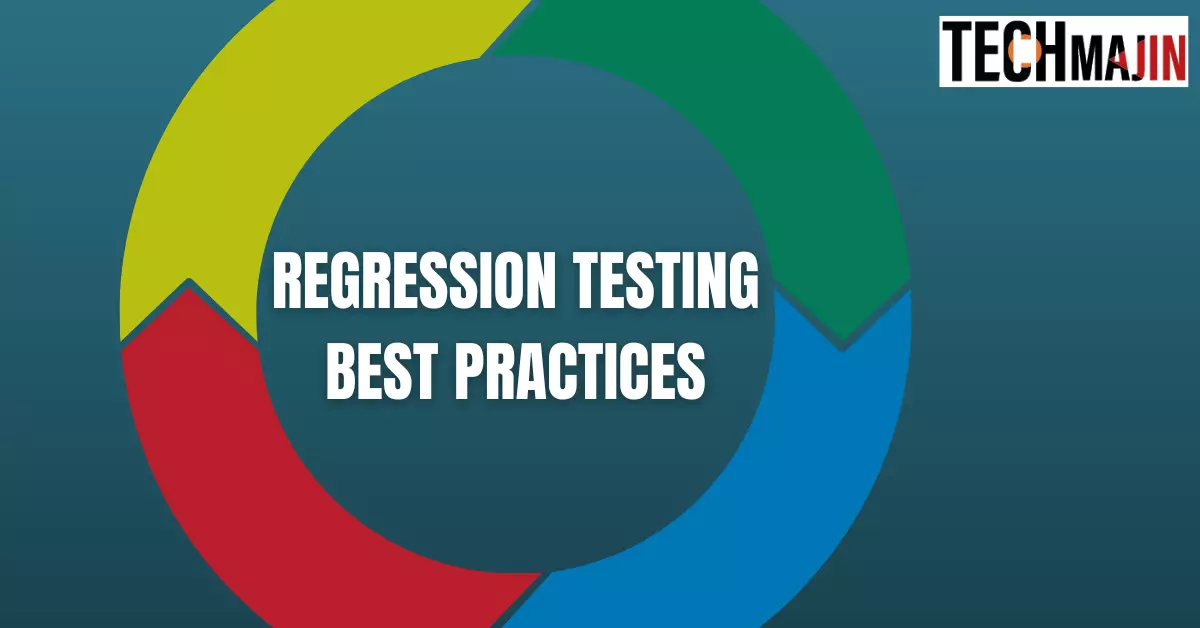Regression testing is a crucial part of the Software Testing Life Cycle that helps to check the software application’s stability corresponding to the changes in the code or updated new features. This involves running the test to verify the stable features of the software applications and check whether any new changes have not affected its functionality.
With the advancement in software technologies, the demand for new complex features in the software application by the end-user is common. It may happen that changes in features, bug fixation, and new updates and version changes are required after the software application release or during the software application’s development. This is made to the software application of high quality and remains in the pace of the competitive market.
However, due to the new changes and bug fixation in software applications, regression may be introduced and understood as a bug or error. Regression testing is done to prevent this and ensure the correct function of the software application after any existing changes.
This article will explore regression testing with best practices and understand its importance. It will help the testers and developers to learn different approaches to improvise regression testing.
Let us start by understanding regression testing.
What is Regression Testing?
Regression testing is a type of software testing that verifies that any code changes or bug fixation have not affected the existing feature or functionality of the software application. It tests the expected working of the previously tested and validated features of the software applications following any code-level changes done.
It is crucial to ensure that any code update or UI modification does not impact the existing features of the software application. Here, a regression test is executed to re-run all the functional and non-functional tests. This is to ensure that the software application build is stable after any upgradation done in the software application.
In regression test, the QA team runs the existing test cases and thus prefer to automate regression test. This saves not only time but also human effort.
You can perform a regression test using automation tools which accelerate the testing process. One of the most used automated regression test tools is Selenium. You can leverage Selenium for visual regression testing on LambdaTest, digital experience platform that allows you to perform testing across 3000+ real devices, browsers, and OS. It also offers to perform Selenium visual testing on the cloud, giving a seamless experience.
Let us now explore its significance in software testing.
Importance of Regression Testing
Regression testing is an important part of software testing which is needed when any code is changed or a new feature is added to the software application. This is because it ensures software applications execute correctly after any changes. Some of the other key significance of regression testing are explained below:
- Ensures and maintains the quality of the software applications with respect to any changes. Testers perform regression tests every time a software application is updated to track new code and ensure it does not impact the overall functionality of the software application.
- It allows one to check and verify the existing stable features and validates any new changes introduced in the software application. The regression test follows a retest approach, which is crucial to evaluate the functionality of software applications and checks for any defects due to changes. This helps to assess the function of the new code.
- Help to monitor the negative effect of implementing any new software updates. After making changes, it checks for all types of defects or bugs. This allows identifying any potential bugs and thus ensures its early fixation before software application release in the market.
- Regression testing helps to fix bugs in software applications and eliminate any risk that leads to non-functional applications. This eventually helps to achieve a high Customer Satisfaction Index (CSI).
- It helps ensure seamless business operation by ensuring the quality and stability of software applications after any code changes or new updates.
Regression testing is not an exceptional one that does not hold some challenges. You must address challenges in regression testing to overcome those by enabling its best practice. This will help you ensure the high functionality of the software applications.
Challenges of Regression Testing
Regression tests help detect bugs after any new changes or updates are done in the software applications. It removes the risk of any performance bottlenecks. However, in running regression tests, testers encounter several challenges. Let us see those in the below points.
- Regression testing is a time consuming process and makes it difficult for the QA team to execute it in a shorter time.
- With every new addition of features or codebase changes, software applications become more complex. This also leads to complicating the number of test cases and their complexity.
- Executing a lengthy regression suite may be difficult due to time and budget constraints.
- Continuous improvement is needed in regression testing to check for all its functionality. However, lowering the test suite and achieving maximum test coverage is always a challenge with regression testing.
The above challenges can be better overcome by enabling its best practices. See the best practice of regression tests in the below section.
Best Practices of Regression Test
Despite the fact that regression testing is time-consuming and does not maximize test coverage, it is a great option for detecting any bugs due to new changes in the software applications. Below are some best practices for regression test which helps to ensure their correct execution.
Automate regression test
Regression tests being a time-consuming process is a critical challenge. To overcome it, automating unit tests is the best practice. It is the best approach to execute regression tests more efficiently.
A regression test is needed for each new change in the code build. To this, automating regression tests allows running all test cases corresponding to new changes. You can opt for an automation testing framework to run regression tests. This reduces the testing efforts and helps early identification and fixation of bugs.
Digital experience testing platform like LambdaTest allows you to automate the regression test and scale up your testing requirement. It offers a cloud-scalable infrastructure that allows automation testing across a large farm of 3000 browsers, devices, and OS. It also supports Selenium Grid, which helps execute thousands of parallel tests simultaneously. This quickens the testing process and allows getting faster feedback on code changes.
Update regression pack regularly.
A regression pack is understood as the collection of test cases that are executed after every new update to a software application is done. The scripted tests introduced in a pack are written as per the prerequisites specifics of an old software version. It is important to integrate Ad-hoc and random tests with the pack. You should always update your regression pack by adding or updating existing test cases to save time in regression testing.
Involve QA in the code reviews.
One of the best regression testing practices involves the QA team in the code review. Although including them is not necessary or mandatory, having them allows understanding of the components of software applications that underwent code changes. This helps in finding continuous updates and determining components for the regression issue.
Consider a highly trafficked path.
In regression testing, you need to monitor highly trafficked paths that help incorporate key software application functionality and features. This allows an understanding of the specific software application’s crucial functionality and prominent features.
Prioritize crucial regression test cases.
Executing every test case in the regression pack is difficult as it will require a lot of time and effort. It is the best practice to prioritize testing for crucial features or functionality. It is also the best approach to eliminate any risk or error when there is time and budget constraint.
Run full regression suite only when required.
It is not important to run a full regression suite for every single software build after any changes or new updates. Even for the minor release, running a smoke test and performing a regression test for any priority component that has been altered is better. You should organize the test cases according to the module of AUT included in every test.
Repeat test cases
The test cases that have helped to recognize bugs and glitches before should be included in your regression tests pack. It will help to ensure the overall quality of the software application.
Conclusion
Regression testing is a crucial aspect of software testing that should never be ignored. By retesting previously tested components of software applications, regression testing allows the identification of any critical consequences that may occur due to changes made to the software. To ensure the effectiveness of regression testing, it is essential to follow best practices such as test automation, prioritization, real-world test data, and stakeholder collaboration. By implementing these practices, you can help maintain the quality and stability of your software while reducing the risk of potential issues arising from changes made.
You may also like:- Techniques for optimizing regression testing






